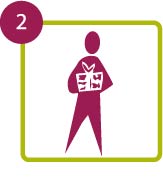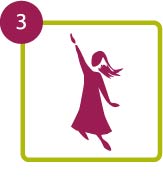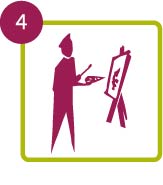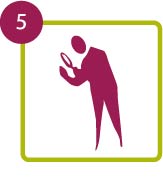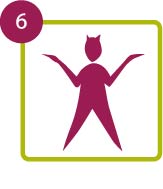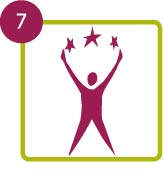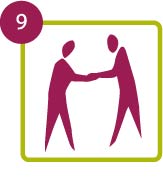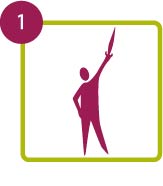Take this fun and free online test now.
Take this fun and free online test now.
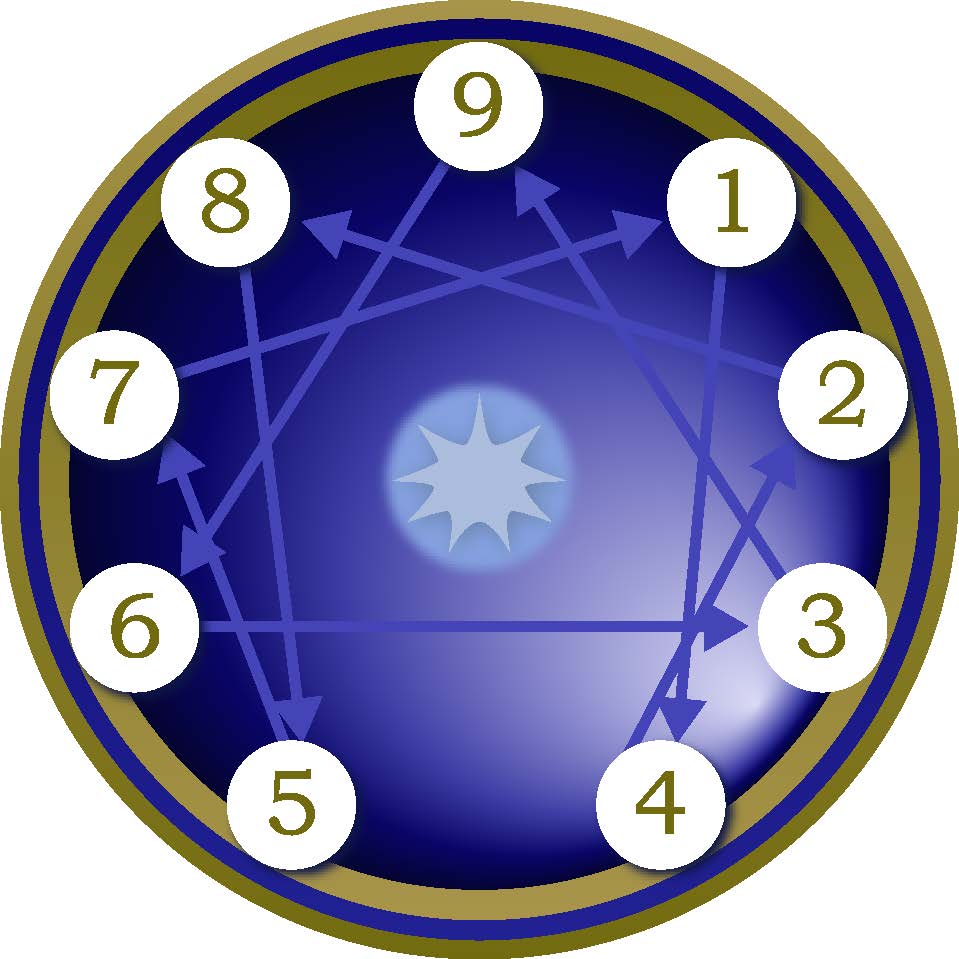
Click on each image below to listen and learn more!
HEART
HEAD
BODY
Click on each link below to watch these four videos to learn more:
Introduction to the Enneagram
Heart Types 2, 3 and 4
Head Types 5, 6 and 7
Body Types 8, 9 and 1
The Enneagram model is inspired teaching of nine personality styles and their interrelationships, which dates back in concept to ancient Egypt. The Enneagram refers to the nine points on the Enneagram model. Its derivation is from the Greek words
The Enneagram is dynamic and does not stereotype or limit, but rather encourages us to ultimately embrace the good in each of the nine points of view and explore those sensibilities for ourselves. It is an invaluable tool for all relationships, self-mastery, team building, successful leadership, conflict resolution, and for growing emotional intelligence. The Enneagram has innumerable applications, among them business, sales, psychotherapy, medicine, education, law, spirituality, writing, and entertainment.
The research is mounting to confirm what many people have known intuitively for a long time — Emotional Intelligence (EQ) is a greater predictor of professional success than either classic IQ or on-the-job experience. The Enneagram is the single most powerful tool available to help you develop your emotional intelligence.
–Ginger Lapid-Bogda PHD. author of Bringing Out the Best In Yourself At Work- How to use the Enneagram System for Success
Enneagram for the Actor, Performer and Public Speaker
Authentic, Intentional, and Holistic
Understanding what box we have already put ourselves into in the way of personality (‘persona’ means mask) helps us develop and expand the way we show up in or present ourselves to the world. We see how we limit ourselves. The Enneagram provides the actor with a complete structure for creating a character and that character’s motivations. Utilizing these tools and awarenesses in the art of acting, performance and public speaking has unfathomable value for intentional and authentic presence. For the actor it is a magical tool for auditioning, character building, choice making, and
Enneagram in Executive Coaching
Creating and sharing an authentic vision and presence
The Enneagram offers us possibilities and ways of seeing things that may never have occurred to us. Our limited point of view may cause unnecessary conflicts and limitations in our leadership and choice making.
Enneagram and Body-centered Psychotherapy
Enhancing emotional intelligence and expanding awareness
Identifying our core motivations, value and belief systems, and moment-to-moment perceptions through the rich wisdom of the Enneagram, helps us become acutely aware of how our filter or lens is informing each moment of our lives, in relationships and in our careers. The body never lies. We can use our body data to move from oblivious to aware, confusion to clarity. Since emotional reactions arise in us automatically, based on our predisposition toward an Enneagram style and the way we experience a given situation, overlaid with our life history, and neurological programming, it is valuable to explore how we might intercept those automatic reactions in the moment. Having a depth of intellectual understanding can help us interpret our emotional reactions after the fact. We can expand our awareness and emotional intelligence (EQ) by using our body cues to tune in on an emotional reaction as it is arising, and take care of ourselves, before responding to a challenging situation. We can therefore potentially interrupt our habitual reactive response with self-care and self-acceptance, without repressing or over-riding the initial emotional response. From this “whole” place we may also be able to see the situation from a broader, more neutral perspective and be more receptive to others and their points of view.
As we begin to accept, without judgment, and own each of the sensibilities in us (made clear through the Enneagram model) we become aware of what we are projecting on others (in our perceptions of an event) and to the world (how we communicate and react from our own Enneagram filters). How am I protecting myself? What am I afraid of? How am I limiting myself? What patterns am I creating in my interactions from my limited point of view? Are there other valid ways of seeing this challenge and how to solve it? What moves me? What holds me back? The Enneagram offers us possibilities and ways of seeing things that may never have occurred to us.
The Many Ways You Can Use the Enneagram
Communication Clarity
Each Enneagram style communicates in a unique way. The Enneagram helps us identify how we may perceive things through a distorted filter and how we may react through that distortion. With this new self awareness we can practice listening through a more neutral presence, and respond with full knowledge of what we really want to say and the most effective way to say it. We can examine how our Enneagram style informs our body language and voice. We learn how to communicate effectively with co-workers with diverse Enneagram types, who are coming from their own point of view and understand their possible distortions. We practice giving feedback in a way that our co-worker can be receptive and open to.
Team Alliance and Alignment
The Enneagram is highly compatible with models from organization development. We can identify the diverse points of view of the team and see how they each contribute to the wholeness of the team. We identify common goals for the team and use the Enneagram to inform how best to work together and how to manage conflict that may arise as each member views a situation from their own lens. We examine how to work through the four stages of a team’s life cycle (Forming, Storming, Norming, and Performing), using the Enneagram as a primary resource. With self-awareness and knowledge of the other points of view we can minimize conflict scenarios, work with the conflict if it should occur, and optimize the self-learning from the conflict, realizing the peace that can come after a well-managed storm.
Exponential Leadership
Encouraging the inner leader to emerge in all levels of an organization, through self-awareness and self-motivation, maximizes an organization’s resources. Being able to make informed and intuitive decisions that grow from the ability to see a wide range of possibilities from a clear field of perception is a gift of a strong leader. With the use of the Enneagram model we can understand our core style, its virtues and vices, how we lead and how we follow. What kind of a leader am I? Am I accessible? How am I protecting myself and how does that interfere with how I lead? What are my fears and can I acknowledge them to dissolve them, so that I can lead in a non-defensive way? How am I limiting myself? What patterns am I creating in my interactions from my limited point of view? Are there other valid ways of seeing this challenge and how to solve it? What moves me? What holds me back? How do I impact others and how do I model good leadership? The Enneagram offers us possibilities and ways of seeing things that may never have occurred to us.
For more links, articles and recommended readings on the Enneagram, click here.

